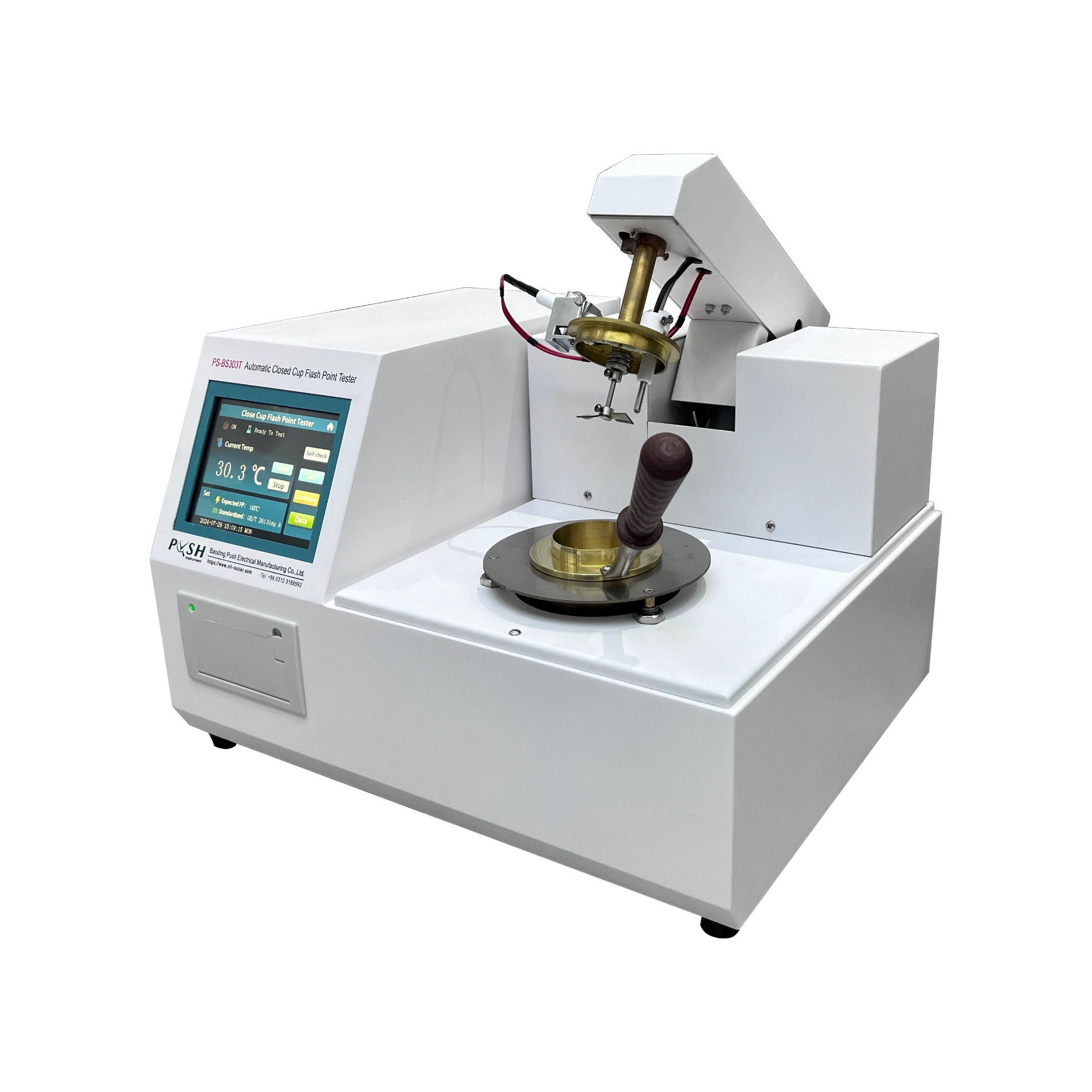 English
English


rotational viscometer
Understanding Rotational Viscometers Principles and Applications
Rotational viscometers are essential instruments used in various industries to measure the viscosity of fluids. Viscosity, a fundamental property of fluids, describes their resistance to flow. Understanding how this property changes depending on temperature, shear rate, and other factors is crucial for scientists and engineers working with liquids in fields such as food, pharmaceuticals, and polymers.
At the core of the rotational viscometer's functionality is the principle of torque measurement. These devices consist of a spindle immersed in the fluid whose viscosity is to be measured. The spindle is rotated at a constant speed, and the amount of torque required to maintain this motion is measured. This torque correlates directly to the viscosity of the fluid; higher viscosity fluids require more torque to maintain the same rotational speed.
Rotational viscometers operate based on different configurations and designs, which can be broadly categorized into two types coaxial cylinder viscometers and cone-and-plate viscometers. Coaxial cylinder viscometers feature an outer cylinder and an inner rotating spindle. The space between the two is filled with the sample fluid, and as the spindle turns, the liquid experiences shear, generating a measurable torque. In contrast, cone-and-plate viscometers consist of a flat plate and a cone with a very small angle, allowing for a uniform shear rate across the sample. This configuration is especially useful for low-viscosity fluids or those with a non-Newtonian behavior.
One of the critical advantages of rotational viscometers is their ability to provide real-time viscosity measurements. This feature is particularly valuable in processes requiring precise viscosity control, such as in the production of paints and coatings, where the application properties are heavily dependent on the viscosity of the formulation. By continuously monitoring viscosity, manufacturers can ensure uniformity and quality in their products.
rotational viscometer

Another significant application of rotational viscometers is in the field of food science
. Here, understanding the viscosity of products such as sauces, dressings, and dairy items is essential for achieving the desired texture and mouthfeel. The viscosity can influence how a product spreads, pours, and adheres to surfaces, directly affecting consumer satisfaction.The pharmaceutical industry also relies heavily on rotational viscometers, especially in the formulation of liquid medications and creams. Ensuring that these products have the correct viscosity is vital for dosage accuracy and delivery effectiveness. In many cases, formulations must adhere to stringent regulatory standards, making precise viscosity measurement essential for compliance and safety.
Additionally, modern rotational viscometers come equipped with advanced features like digital displays, automated temperature control, and software integration, allowing for more accurate and user-friendly operation. These improvements have made it easier for researchers and industrial operators to analyze viscosity data and integrate it into their quality control processes.
In conclusion, rotational viscometers are indispensable tools in many sectors. Their ability to accurately measure viscosity not only aids in quality control but also enhances our understanding of fluid behavior under various conditions. As technology advances, these instruments will undoubtedly continue to evolve, offering even more precise and reliable measurements for an increasingly diverse array of applications.
-
Differences between open cup flash point tester and closed cup flash point testerNewsOct.31,2024
-
The Reliable Load Tap ChangerNewsOct.23,2024
-
The Essential Guide to Hipot TestersNewsOct.23,2024
-
The Digital Insulation TesterNewsOct.23,2024
-
The Best Earth Loop Impedance Tester for SaleNewsOct.23,2024
-
Tan Delta Tester--The Essential Tool for Electrical Insulation TestingNewsOct.23,2024





